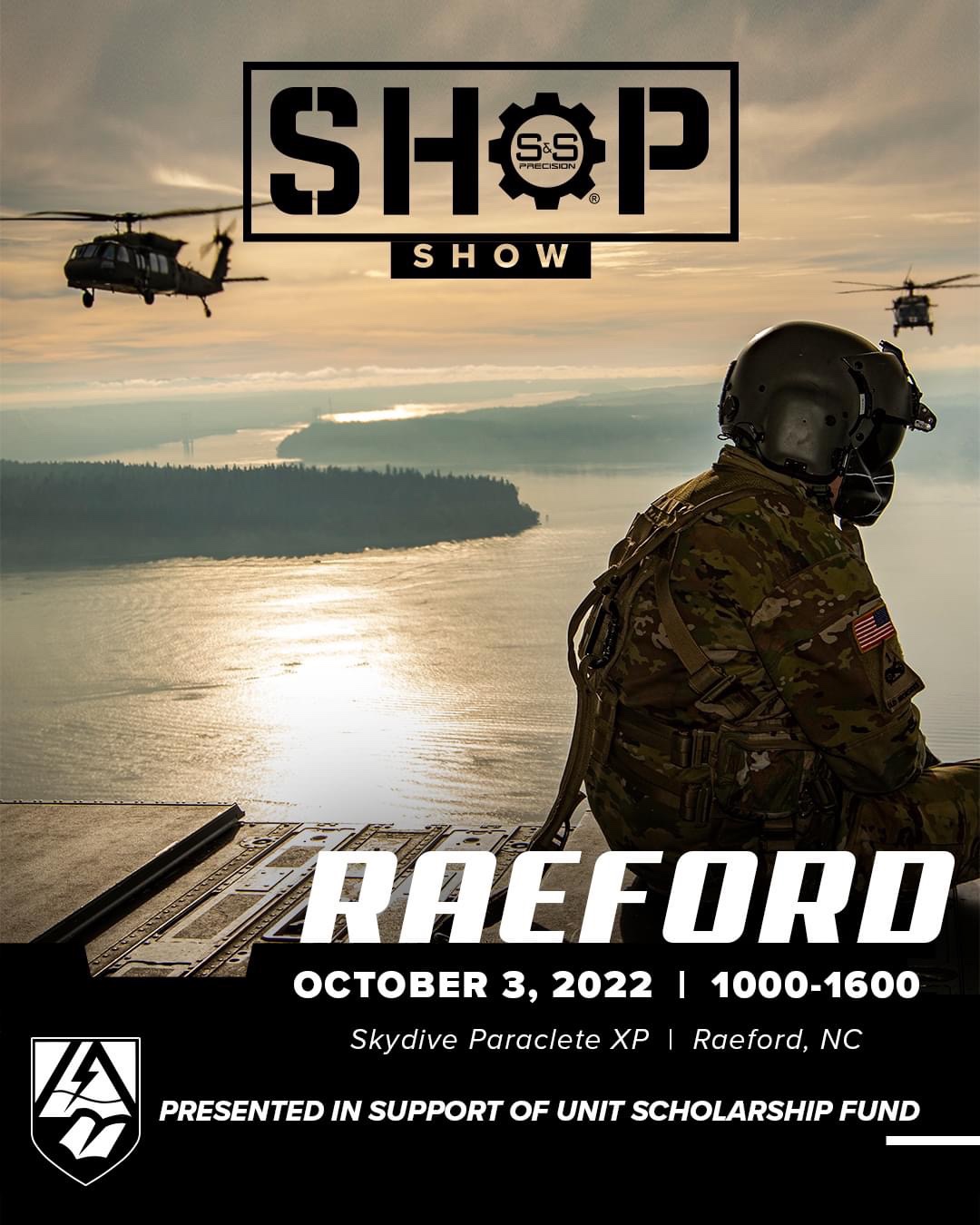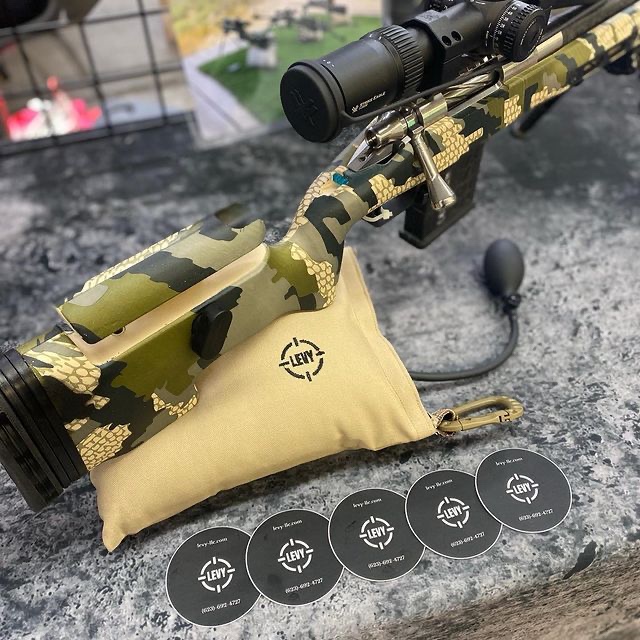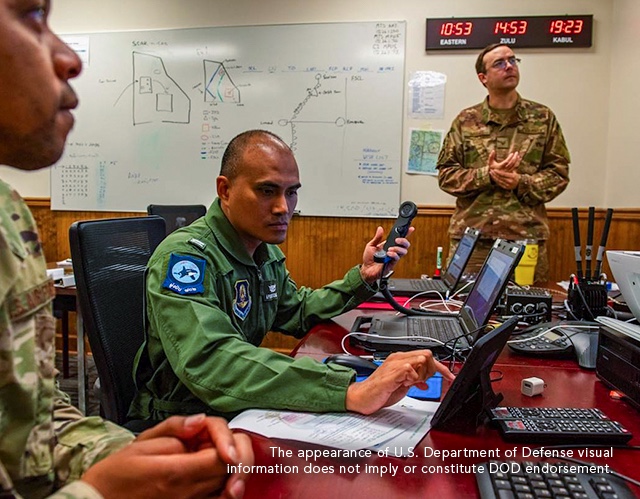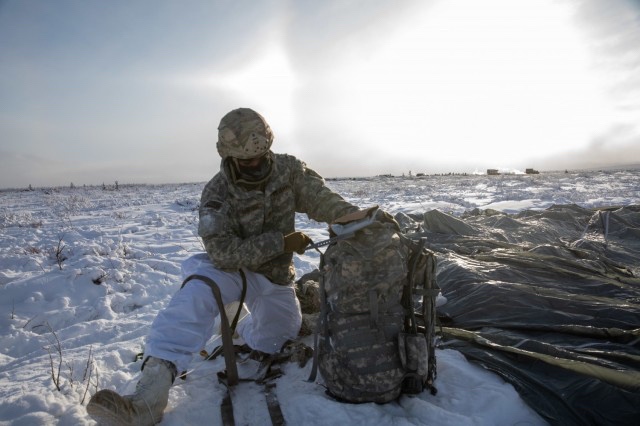
JOINT BASE ELMENDORF-RICHARDSON, Alaska — All good things must come to an end. But when it comes to the Army’s capability sets, the end is only the beginning for the next iteration of advanced battlefield network technologies.
The 2nd Brigade Combat Team, 11th Airborne Division is the final unit to be fielded capability set, or CS, 21’s Integrated Tactical Network. The 2nd Brigade Combat Team joins multiple brigade combat teams across the globe to obtain Integrated Tactical Network — or ITN — capabilities, with CS21 paving the way for CS23 Stryker and CS25 Armor vehicle ITN capabilities.
In May of this year, the Army redesignated U.S. Army Alaska headquarters as the 11th Airborne Division. The two brigade combat teams in Alaska — the 1st Brigade Combat Team and the 4th Brigade Combat Team, 25th Infantry Division were redesignated as the 1st and 2nd Brigade Combat Team, 11th Airborne Division, respectively.
“Their focus will be on dismounted and Arctic mobility and capabilities of sustained operation in the Arctic [and] extreme cold weather,” said 11th Airborne Division Commander Maj. Gen. Brian Eifler.
ITN Capabilities
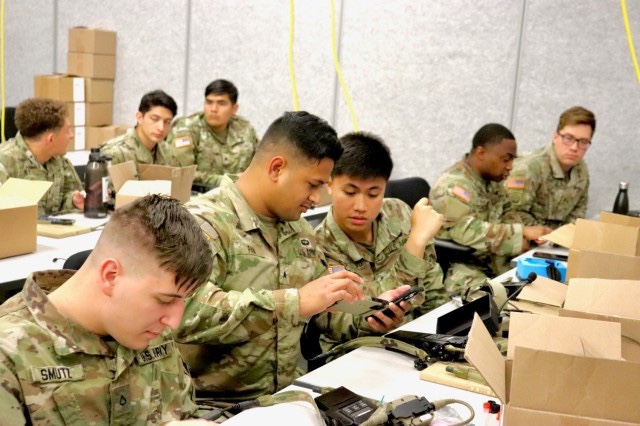
The Army’s CS21 ITN inserts commercial capabilities into the Army tactical network to provide a flexible, simplified network solution from battalion to dismounted Soldiers. Components include radios, variable height antennas, small satellite terminals and commercial phone technology.
“The ITN creates a resilient network that allows tactical commanders the ability to communicate with joint and coalition partners, provides a robust primary, alternate, contingency, and emergency plan for both line-of-sight and beyond line-of-sight, allows the battalion to operate independently of the brigade and provides situational awareness down to the platoon level,” said Jerry Harper, product manager for helicopter and multi-mission radios, under Project Manager Tactical Radios, Program Executive Office for Command, Control, Communications-Tactical.
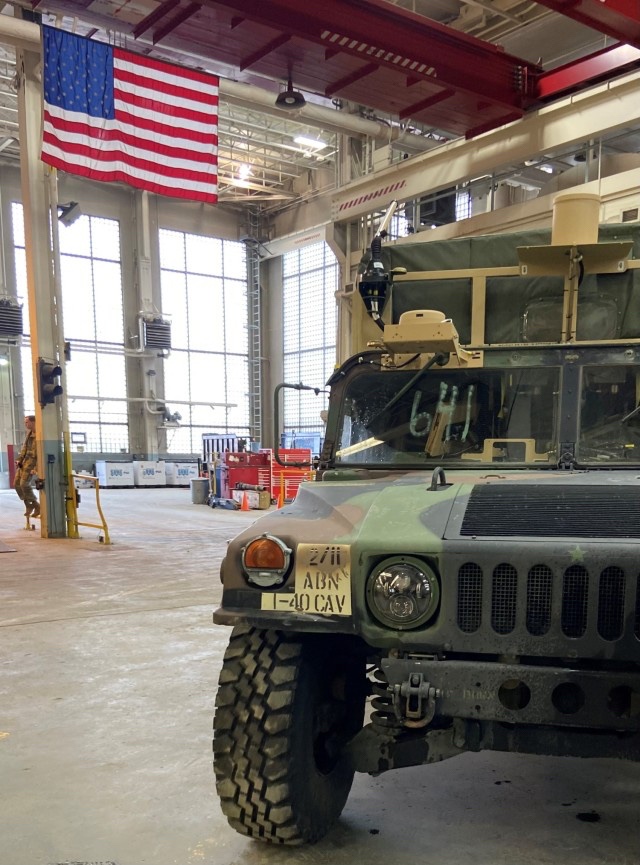
New Equipment Fielding and Training
The CS21 ITN fielding to the 2/11th has consisted of both mounted and dismounted capabilities. From vehicle installs to classroom training, a hands-on approach has been critical to ensure Soldiers retain their ITN skills when they shift to an operational environment.
When completed this month, ITN technicians will have integrated manpack and leader radios into a combination of approximately 400 heavy, medium and light tactical vehicles.
“Hands-on training is just as critical in the classroom,” Harper said. “We have set a 75 percent hands-on training goal because we know that PowerPoint alone is not sufficient.”
Demonstrating this goal, the 2/11th classrooms have been piled high with equipment for training on the multiple ITN tactical radio variants and the Nett Warrior end-user device, which when integrated into the dismounted radios, provides real-time, map-based position information location and other relevant operational information.
“From the beginning of our mission, we have encouraged the unit to send Soldiers down to the motor pool to de-install legacy equipment and observe the new installs,” said Mark Rotarius, platform Integration team lead, under Project Manager Tactical Radios. “For many of these Soldiers, this is the first time they have seen the system, and they could feel overwhelmed if they don’t put their hands on the equipment.”

CS21 Fielding Across the Force
In some instances, 2/11th Soldiers who were formerly with CS21 ITN-fielded units, including the 82nd Airborne Division, Security Force Assistance Brigades and the 173rd Airborne Brigade, provided insight on the enhancements they had seen since first operating the capability.
“I first used the ITN while I was with the 173rd Airborne,” said Staff Sgt. Jacob Ryan Hall, communications section chief for the 1-40th Cavalry, under the 2/11th. “The capability is much easier to use now, and as a cavalry unit, I’m very much looking forward to implementing the TSM waveform, which will help us create the networks our scouts need to send information back to the commander.”
The TSM commercial mesh waveform is the primary waveform used with the ITN. It requires line-of-sight and provides a multi-node relay, where every radio is a repeater for all network traffic.
The Security Force Assistance Brigades were the earliest adopters of CS21’s ITN and helped launch what is now a regular battle rhythm of fielding, training, operational exercises, and feedback to ensure frequent, iterative and modern capability improvements.
“As a former [Security Force Assistance Brigade], it’s been good to see the junior enlisted NCOs operate the radios very rapidly by the end of the course,” said Cpt. Michael McCarty, the 2/11th airborne chief of operations, responsible for the current operations and synchronization across the entire brigade. “By the end of the course, they were sending each other pictures, drawing operations graphics and sending messages to each other.”
The 82nd Airborne has been pivotal in providing feedback on the ITN capability over the past two years. In addition to using the ITN for real-time position information following jumps into the drop zone, the 82nd ITN with Nett Warrior device has also aided medics in managing Soldiers’ critical battlefield medical needs.
“I was a platoon medic with the 3rd Brigade Combat Team, 82nd Airborne Division where I first received training on the ITN equipment,” said Sgt. Elisha Eagleroad, treatment squad leader under the 2/11th, who oversees the aid station for treating patients throughout battalion.
The medics would use ITN and Nett Warrior end user device to drop location pins for casualty collection points, he said.
“It was a lot quicker to be able to get that 10-digit grid right off the phone and describe terrain and what routes or fire breaks to take,” Eagleroad said. “We were able to expedite patient evacuation because we had a more accurate description of where we were going.”
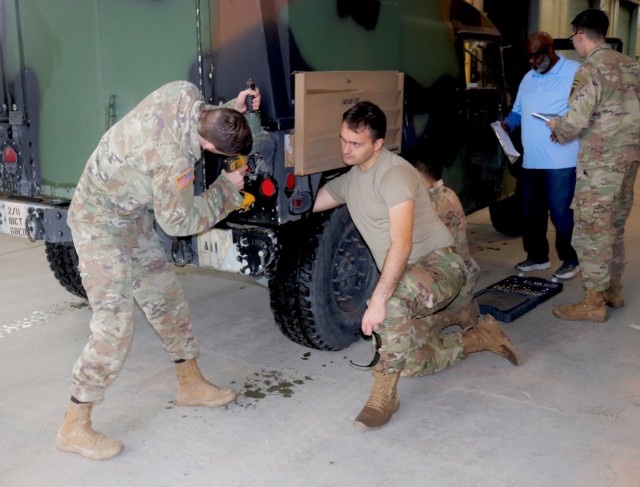
Preparing for Operations
Following the ITN training at Joint Base Elmendorf–Richardson, the unit will be participating in multiple exercises, including one in India for the bilateral Yudh Abhyas exercise, where they will test two of the ITN radio variants.
From there, the unit will participate in other platoon and company live fires events at their home station, where they will put the ITN kit through the paces in extreme cold weather environment. Leadership and technical support personnel are proactively identifying risks to operating technology under extreme environmental issues and putting mitigation plans into place.
“We train in negative 30-degree weather, which will provide a critical test for the ITN equipment,” said Chief Warrant Officer 4 Louis Mundinger. “Our plan is to wrap some of the radio batteries and make adjustments as needed with packaging.”
In March, the unit will participate in the annual Joint Pacific Multinational Readiness Center exercise in Fairbanks, which deploys coalition forces in a realistic and relevant arctic environment to help meet current and future regional crises and security needs.
Next Steps in Capability Set Fielding
As CS21’s ITN fielding comes to a close, the Army is fielding CS23’s ITN to the 2nd Cavalry Regiment Stryker unit in Germany and to the 101st Airborne Division, which is the first division-level ITN fielding. On its heels is CS25, which is currently under test and evaluation.
The strength of CS21’s ITN fielded across seven brigade combat teams has drastically enhanced brigade and below network communications, with each Soldier being the touchpoint to deploy, fight and win using these advanced technologies.
“Our young Soldiers are open to learning new technologies,” Mundinger said. “They are excited to use the new equipment, and do not want to fall back on the legacy equipment. They are ready to go.”
By Kathryn Bailey, PEO C3T Public Affairs


